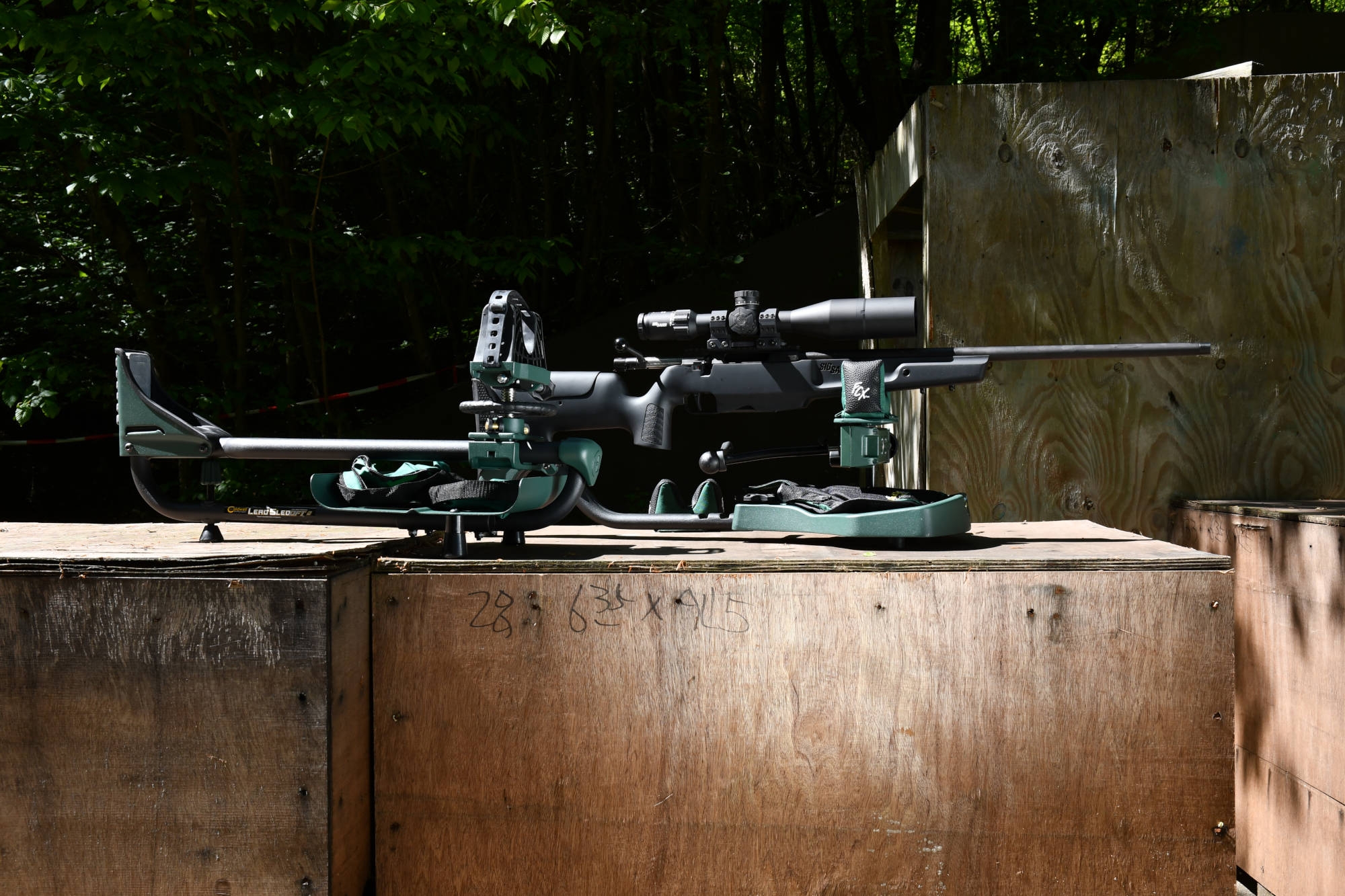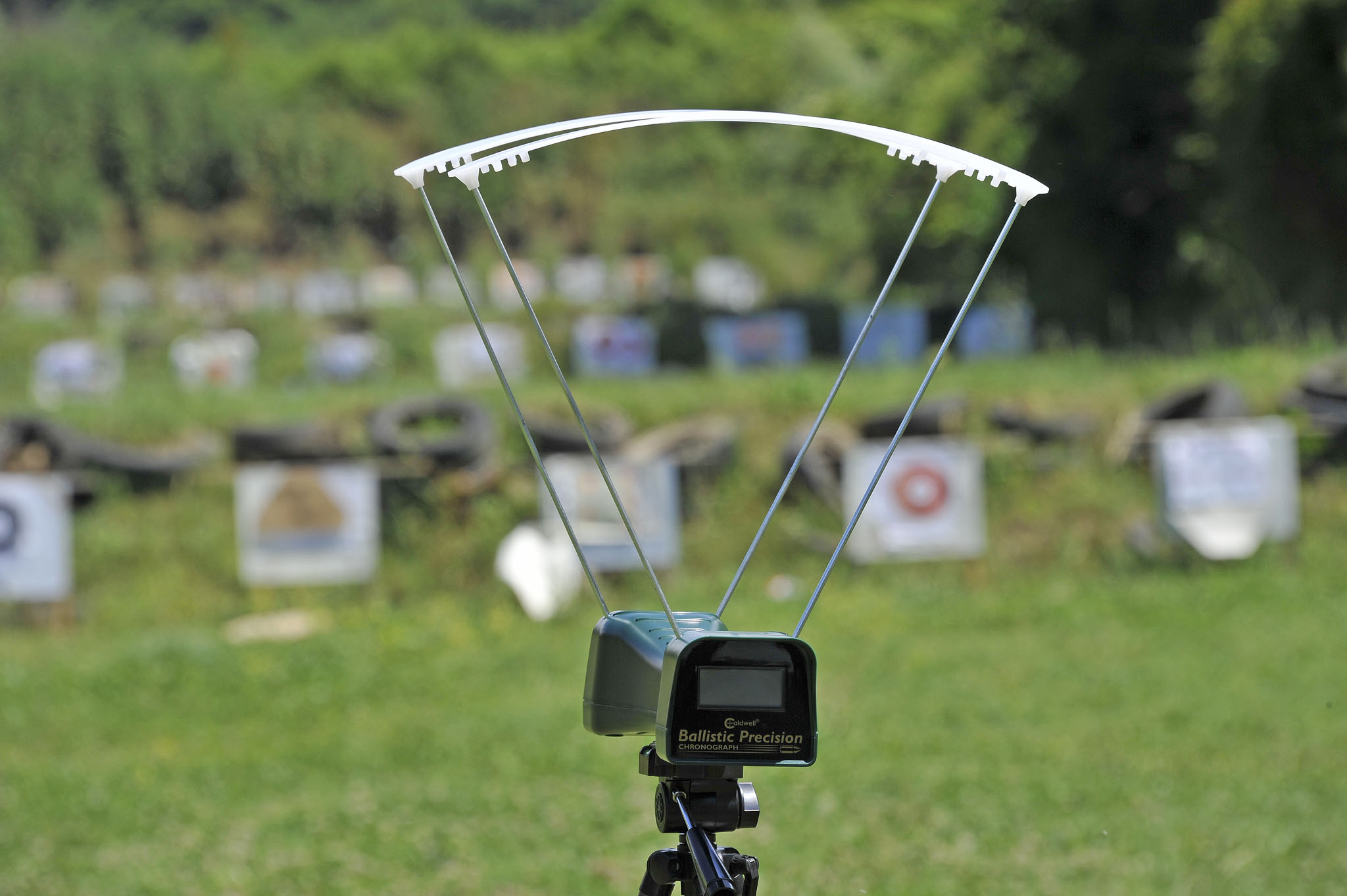Back in 2015, Strobl.cz sent me a Caldwell Ballistic Precision chronograph kit, and since then, it has served me well. Of course, it has a lot of quirks, common with any light-gated chronograph on the market: it must be setup in front of the muzzle, it "has days" depending on the illumination and weather, and it does not give "true" muzzle velocity, having to be placed at least 3 to 5 meters in front of the muzzle to avoid damage and incorrect readings from the muzzle blast. Around the same time, gamechanger technology, once only accessible by the largest manufacturers and military proving grounds, had been released to the consumer market, albeit at a premium price point: Doppler Radar technology ballistic chronographs.
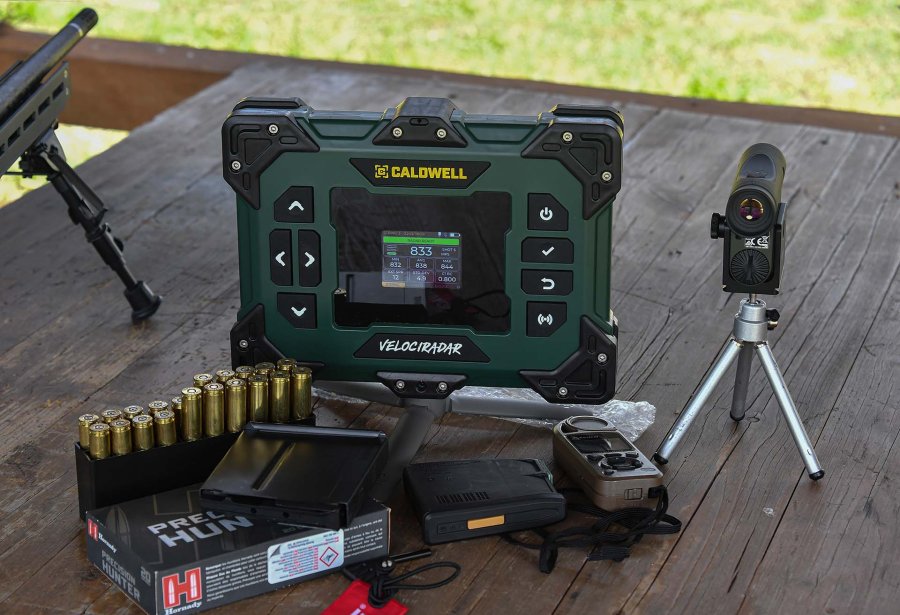
These work with a microwave beam that is reflected from a travelling bullet and a very accurate measure of its speed is calculated. The advantages are not limited to accuracy: the Radar chronograph is placed at the side of the firearm – and not in front! – thus, cannot be damaged by the muzzle blast and yielding true muzzle velocity, and is not affected by weather or environment lighting.
Ten years have passed, technological progress and research advanced, and today Strobl.cz sent me again a Caldwell chronograph: however this time, it’s the state-of-the-art VelociRadar.
Caldwell VelociRadar: the technology
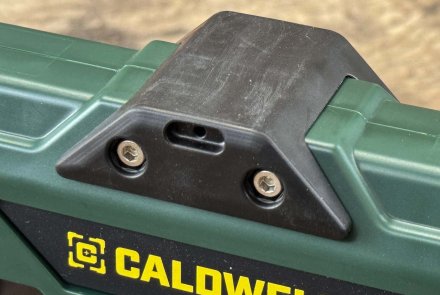
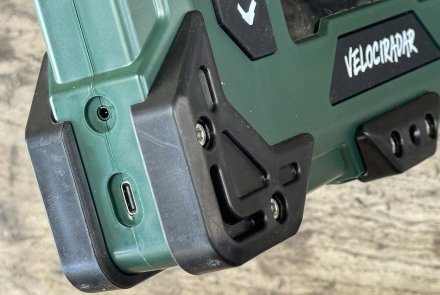
Yeah, it’s big. The American manufacturer had to strike a careful balance between size and performance in the VelociRadar: it’s rather large at 274x210x50mm and a weight of 1,3Kg, compared to the much smaller latest competing products that have been introduced on the market.
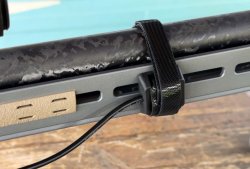
However, the VelociRadar is based on CHIRP Radar technology: “CHIRP”, or Compressed HIgh Resolution Pulse radar, is a type of radar that uses frequency modulation and pulse compression, which combines the capabilities of frequency modulation and pulse radar. Simply put, in a ballistic chronograph, the frequency sweep and compressed pulses of the microwave beam of a CHIRP radar allows to continuously track the speed of the bullet as it travels downrange, calculating the exact speed at defined intervals up to a maximum distance, which for the VelociRadar is 100 yards. The size of the device is mainly due to this, the antenna dimension being proportional to its gain: to pick up a bullet at 100 yards the size of the antenna array must be large, due to the VelociRadar operating in the 12mm K band (24.075-24.175 GHz).
The competition gets away with smaller sizes due to the fact they reportedly pick up the bullet speed only up to 20 or so yards. And Caldwell wanted to add a number of very interesting features to its chronograph…
Caldwell VelociRadar: chronograph build and features
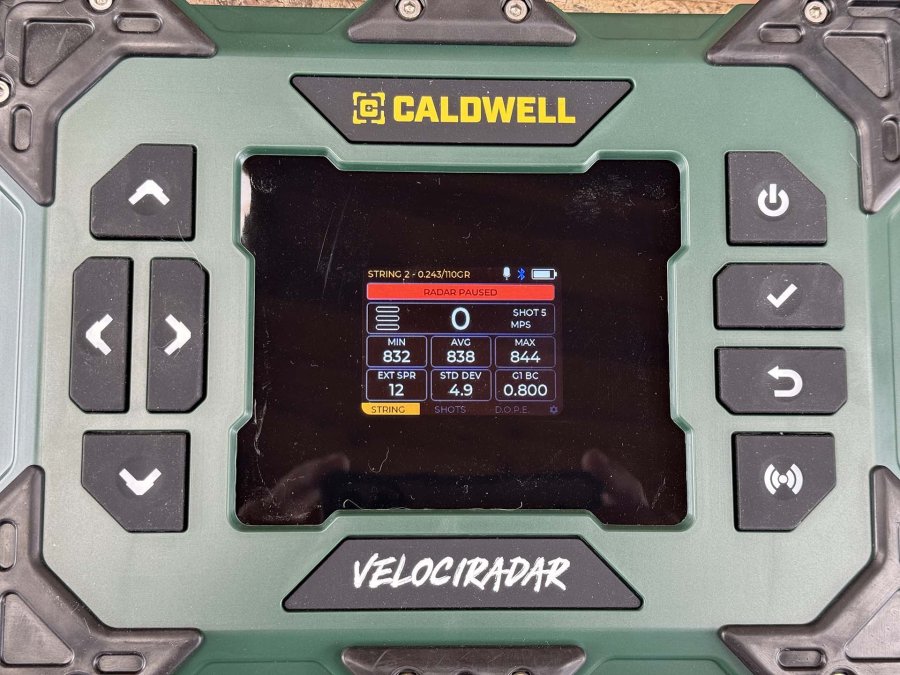
As already said, out of the box, the Caldwell VelociRadar is large. All made of green polymer, with oversized rubber corner protections and a small 2.8” LCD color display that is not touch enabled, the chronograph does feel very sturdy and hefty.
The user interface includes two four-button groups at either side of the LCD display, and a tiny hole that acts as a factory-set aiming aid to align the radar beam to the shooting target downrange – this ensures that the bullet path is perfectly covered, and the speed correctly tracked. The box also includes a ball-head tripod that is in my humble opinion barely sufficient, a recharging USB cable for the chronograph, and a recoil sensor to activate the device in alternative to the sound pressure sensor (a microphone) that is built in the VelociRadar. This comes handy when measuring suppressed firearms and bows, or when shooting in indoor ranges.
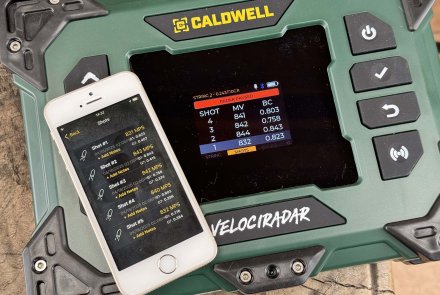
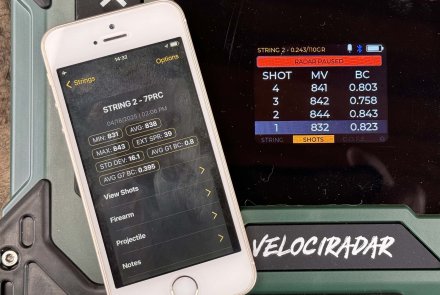
I have to say, the impression of the tripod is not so positive mainly due to how hard the buttons have to be pressed to operate them; it is easy to move the VelociRadar and disturb the alignment. A nice and easy solution, that I absolutely recommend, is to use the free iOS and Android app that basically replicates all the functions available on the chronograph and adds a lot of features too. Even if using the app however, a better tripod is still strongly suggested, as external influences as trivial as mild wind could still give grief to such a large device surface.
Talking about the app, it offers device settings control, display and store of shot string data, max/min speed, average speed, standard deviation, extreme spread, weather conditions, shots fired, and individual shot speeds.
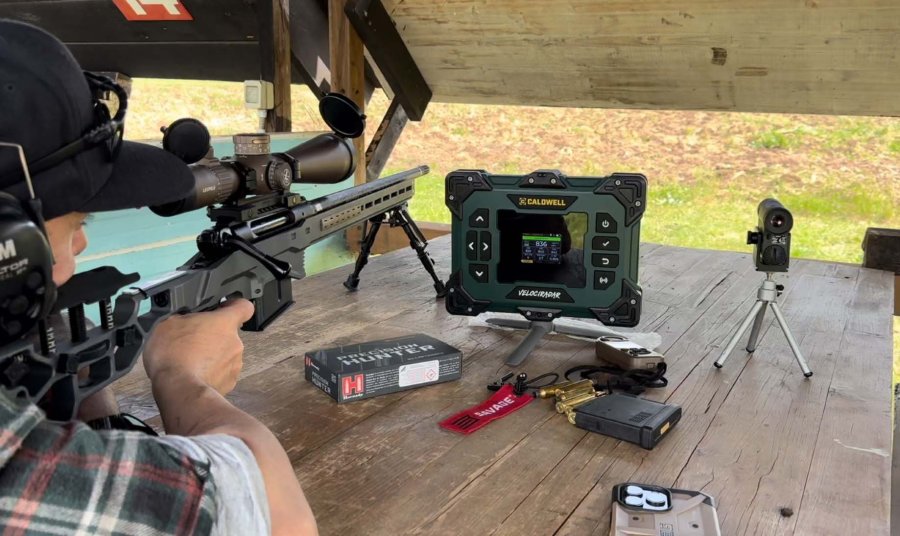
The VelociRadar has an integrated and sealed Li-Ion battery. In any case, the device can work off a decently sized power bank (10Ah or better). The display is bright and very readable, although it looks like a larger display was considered (or may be introduced at a later date?), as there’s enough real estate and the window would accommodate even a 4.5” sized screen.
Provided the device is well aligned with the target, and the trigger is properly set up – either the integrated microphone or the pluggable recoil sensor work fine in my experience – the VelociRadar will not hallucinate or miss completely shots, giving a quite reliable reading every time. The measurable speeds range from 250 all the way to 4500 FPS, with a 0.1% accuracy; the VelociRadar is also able to store up to 100 sessions with up to 100 shots per session.
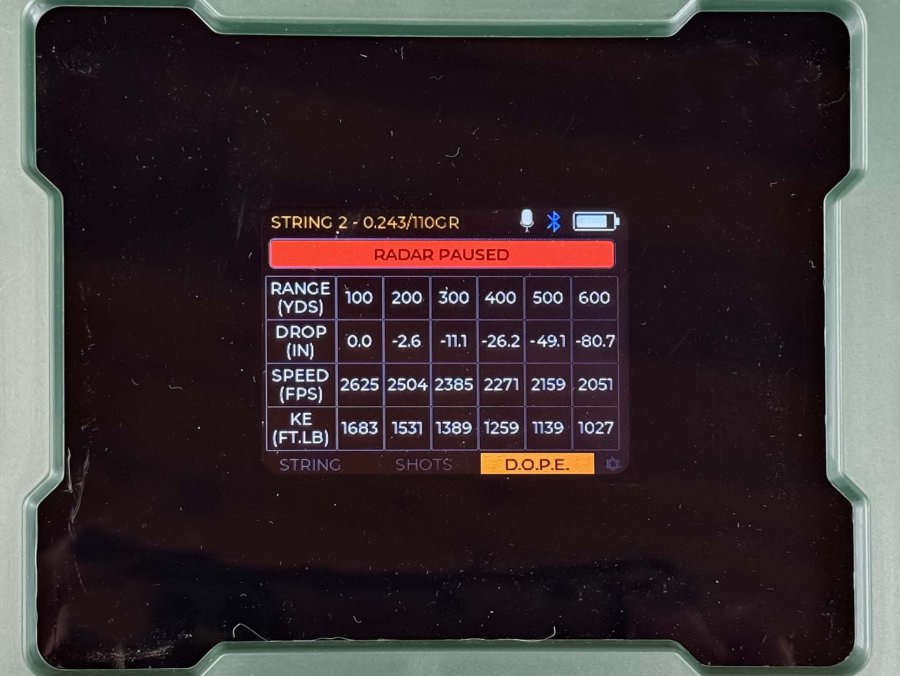
The Chirp radar tracks bullet velocity up to a distance of 100 yards downrange, and offers readings every 10 yards, for a total of 10 readings; these are used to calculate the BC of the bullet used in the shot, and the energy at impact.
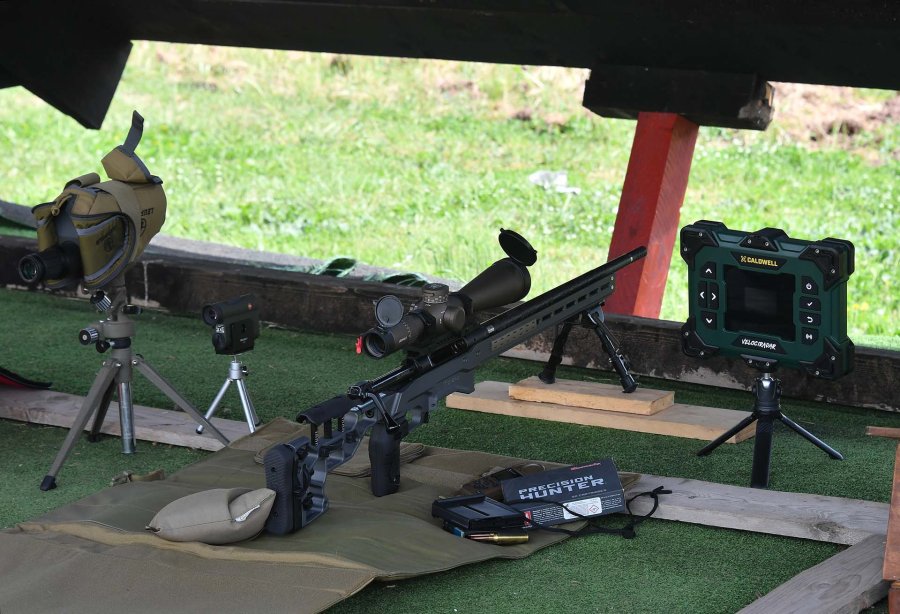
My experience has been good, the added features are a bonus that in my opinion more than make up for the choice of a larger device size than the market’s current trend is, as both Labradar and Garmin solutions are a fraction of the size of the VelociRadar, and the price is right. Sure, on average, for a good, light gate based, shoot-through chronograph, you’ll be expected to pay anywhere between 99 and 250 euro; compared to this, the 654 euro price on Strobl.cz may seem a bit stiff, but all the added benefits of the Caldwell VelociRadar mentioned in the article vs a traditional chrono device are so groundbreaking, you’ll never look back.
Caldwell VelociRadar technical specifications and price
| Manufacturer: | Caldwell (American Outdoor Brands Group) |
| Type: | Radar ballistic chronograph |
| Accuracy : | +/- 0.1% |
| Measure Range: | From 250 to 4500 FPS and the equivalent in m |
| Battery: | Internal rechargeable Li-Ion 7.4V, 2500mAh, 18.5Wh |
| Weight: | 1.38 kg |
| Size: | 273x203x50 mm |
| App Compatibility: | iOS and Android, using the smartphone's Bluetooth connection |
| Notes: | Included: USB cable, recoil remote sensor, ball-head tripod |
| Price: | 654 € - at Strobl.cz |
For more information: Caldwell VelociRadar; Strobl.cz


